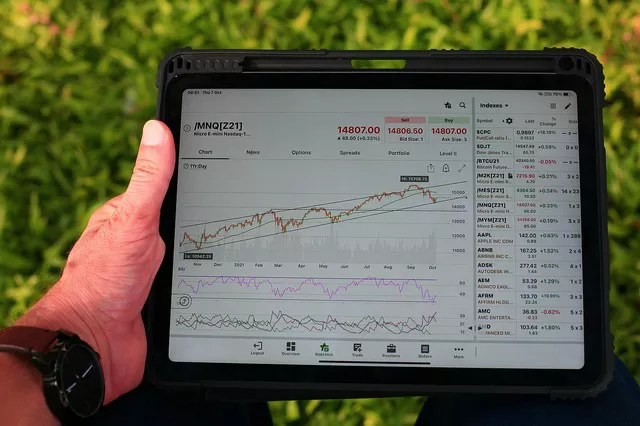Commodity futures play a vital role in global financial markets, allowing participants to trade contracts based on various commodities such as crude oil, gold, wheat, and natural gas. Understanding how commodity futures work is essential for traders and investors looking to navigate this dynamic market. In this comprehensive guide, we will explore the intricacies of commodity futures, their mechanics, and how they function as a financial instrument.
Basics of Commodity Futures
Definition and Purpose:
Definition of Commodity Futures: Explaining the concept of commodity futures contracts and their significance in the financial markets.
Purpose of Commodity Futures: Discussing how commodity futures serve as tools for hedging and speculating on commodity prices.
Market Participants:
Producers and Consumers: Analyzing the role of producers and consumers in the commodities market and their involvement in futures trading.
Speculators and Traders: Discussing the impact of speculators and traders on price discovery and market liquidity.
Mechanics of Commodity Futures Trading
Contract Specifications:
Underlying Commodities: Understanding the various commodities traded in the futures market and their respective contract specifications.
Contract Size and Delivery Months: Explaining the standardized contract sizes and the availability of different delivery months.
Margin Requirements and Leverage:
Initial Margin: Discussing the concept of initial margin and its role in futures trading.
Maintenance Margin and Margin Calls: Exploring the maintenance margin requirements and the implications of margin calls.
Clearing and Settlement:
Clearinghouses: Understanding the role of clearinghouses in facilitating the trading, clearing, and settlement of commodity futures contracts.
Marking-to-Market: Explaining the daily settlement process and how profits and losses are realized.
Price Determination in Commodity Futures
Supply and Demand Factors:
Global Supply and Demand: Analyzing the impact of global supply and demand dynamics on commodity prices.
Weather Conditions and Seasonality: Discussing how weather patterns and seasonal variations influence commodity prices.
Economic and Geopolitical Factors:
Macroeconomic Indicators: Exploring the relationship between macroeconomic factors, such as interest rates, inflation, and economic growth, and commodity prices.
Geopolitical Events: Discussing how geopolitical tensions, conflicts, and trade policies affect commodity markets.
Market Speculation and Investor Sentiment:
Speculative Trading: Analyzing the role of speculative trading in commodity futures and its impact on price volatility.
Investor Sentiment and Market Psychology: Discussing how investor sentiment and market psychology influence commodity price movements.
Strategies and Risks in Commodity Futures Trading
Hedging Strategies:
Hedging with Futures Contracts: Exploring how producers, consumers, and investors use futures contracts to mitigate price risk.
Spread Trading: Discussing spread trading strategies, such as calendar spreads and intercommodity spreads, for hedging purposes.
Speculative Trading Strategies:
Trend Following: Exploring trend-following strategies based on technical analysis indicators to capitalize on price trends.
Mean Reversion: Discussing mean reversion strategies that aim to profit from price reversals in the commodities market.
Risks and Risk Management:
Price Volatility: Analyzing the inherent volatility in commodity prices and its impact on trading strategies.
Risk Mitigation Techniques: Discussing risk management techniques, including stop-loss orders, diversification, and position sizing.
Conclusion
Commodity futures trading provides individuals with opportunities to participate in the commodities market, manage price risks, and potentially generate profits. By understanding the basics of commodity futures, their mechanics, price determination factors, and trading strategies, traders and investors can make informed decisions and navigate the complexities of this dynamic market. However, it is crucial to acknowledge the associated risks and implement effective risk management techniques to ensure long-term success in commodity futures trading.


